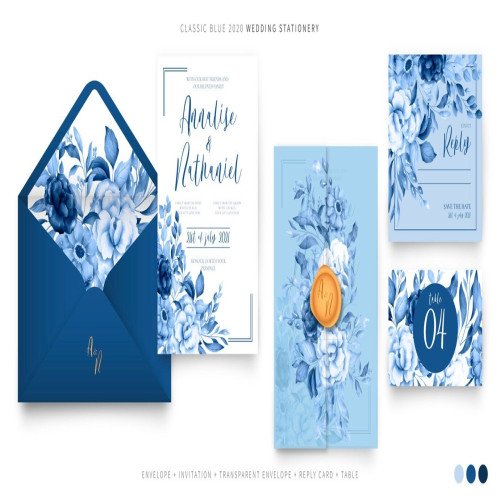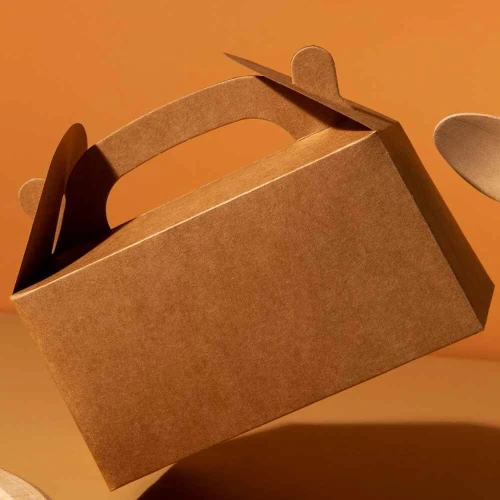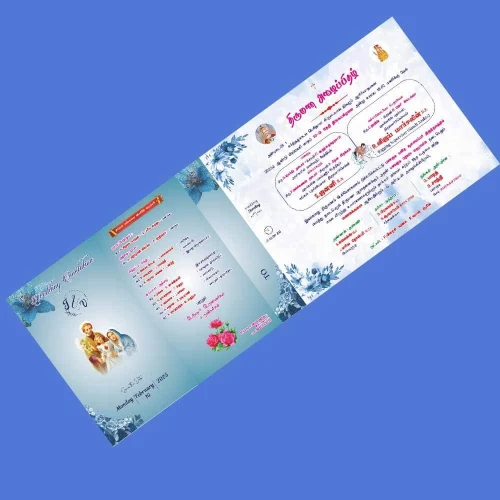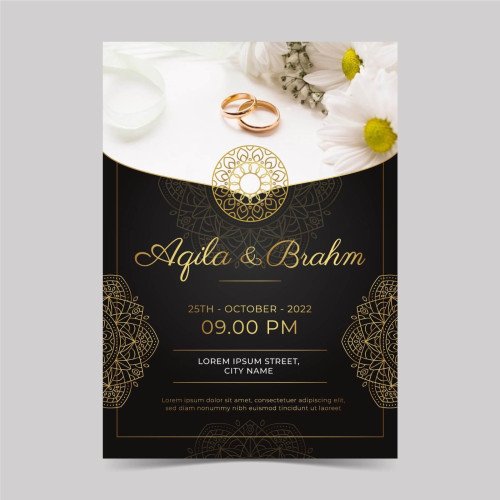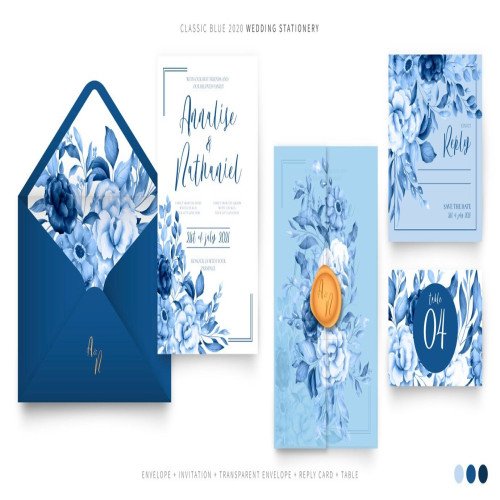Exclusive Products
Trending products
4 Easy Steps to Print Online
Configure Products
Select the product you want to order and choose formats, papers, finishing
Upload Your Files
Do you have an artwork file ready? great! upload it after you choose your printing cart
Make a Payment
Credit Terms if have high printing volumes Contact us to request for Credit terms
Receive the Products
All printed products come with good packing. Tracking code is provide by our shipping partners



